1. Beepers
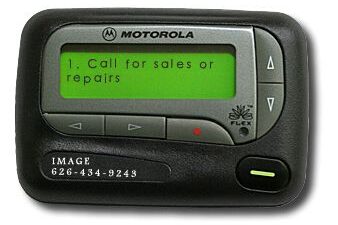
Before texting and instant messaging ruled communication, beepers were the sign of urgency. Doctors, professionals, and even teenagers clipped them proudly to belts, waiting for that tiny buzz. A number code or a simple message would light up the screen, sending you running to the nearest phone. It wasn’t full communication, but it was enough to stay connected. Beepers created a culture of immediacy, even if they now feel quaint. Mobile phones eventually took over, offering calls and texts in one device. Still, anyone who carried a beeper remembers that rush of feeling needed and important with each buzz.
2. BlackBerry
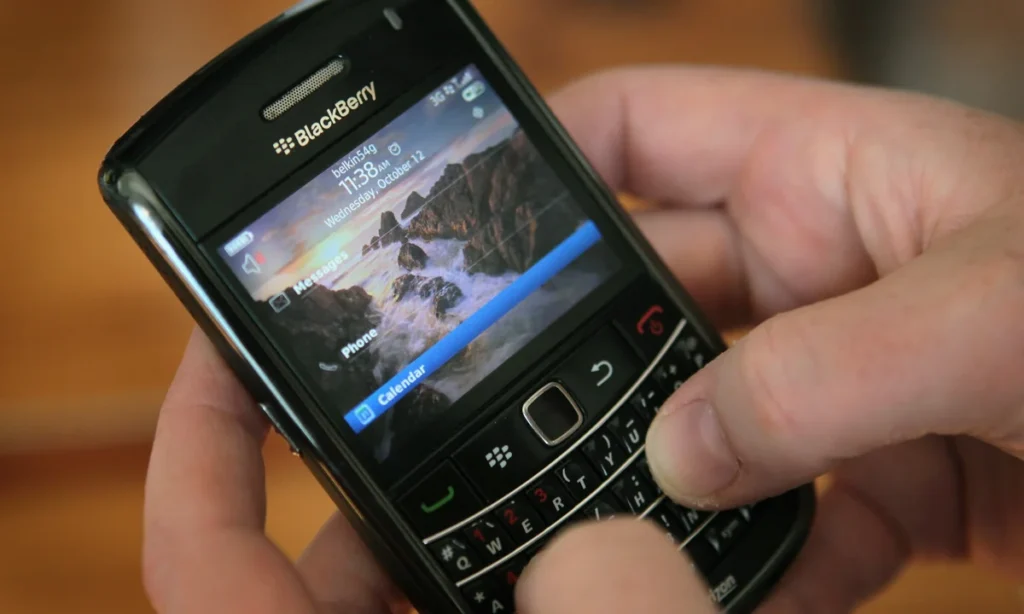
There was a time when certain gadgets shaped the way we lived, and BlackBerry stood tall among them. It was once the ultimate smartphone, beloved for its tiny keyboard and reliable email service. Professionals swore by it, and carrying one felt like having a pocket office. Its click-clack typing sound became second nature to many, making communication faster than ever. But as iPhones and Androids arrived with touchscreens and endless apps, BlackBerry struggled to keep pace. Slowly, it slipped away, leaving behind nostalgia for the days when this little device was more than a phone. It was a daily companion.
3. VCRs
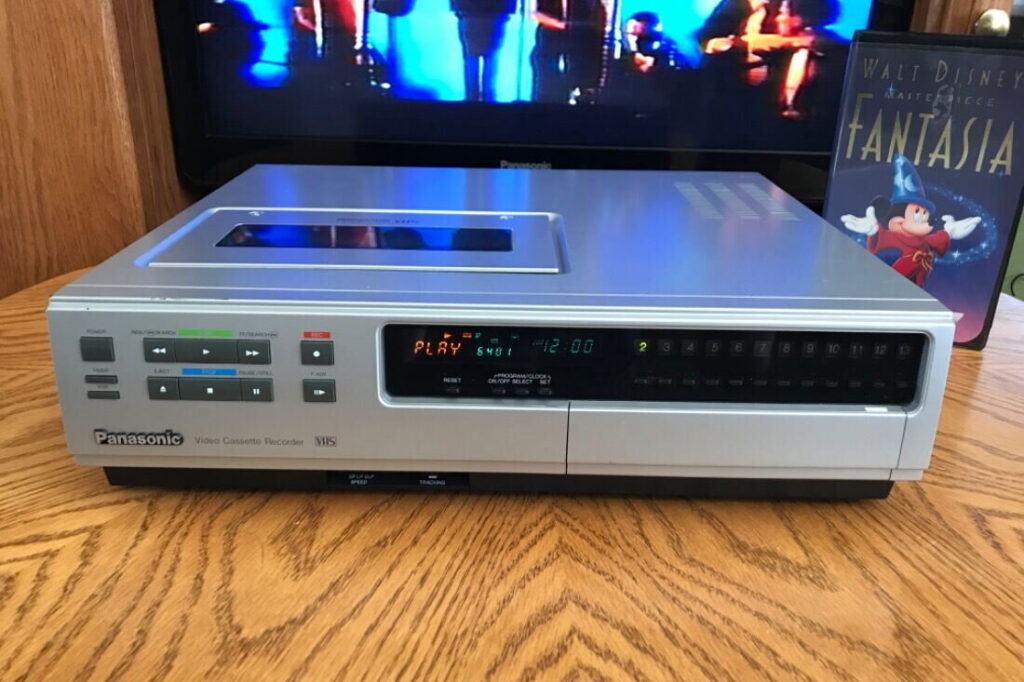
The magic of movie nights in the past was defined by VCRs. Bulky yet reliable, these machines introduced us to the thrill of home entertainment. Families gathered around the TV, popping in tapes filled with favorite films or home recordings. The sound of rewinding became part of the ritual, and recording shows felt futuristic. Having a collection of VHS tapes was like owning a personal library. Yet, as DVDs and streaming took center stage, VCRs faded into storage. Still, remembering those fuzzy screens and the patience it took to adjust tracking makes one realize how special that era truly was.
4. Walkman
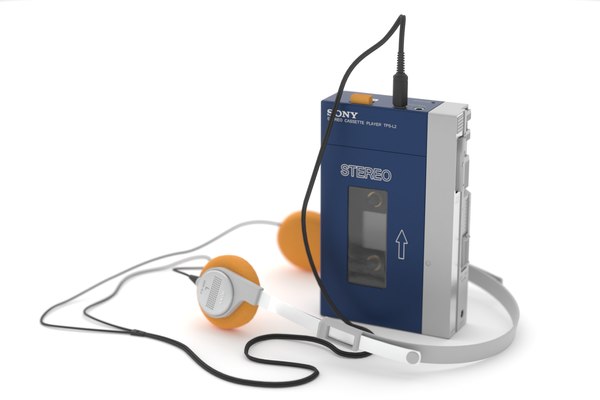
If music was your escape, the Walkman was your passport. Sony’s portable cassette player let people carry soundtracks to their lives wherever they went. Students clipped it to their belts, joggers held it close, and teens tuned out the world with foam headphones. Making mixtapes and rewinding songs became rituals of joy. For many, it was the first taste of private listening, creating worlds within worlds. Eventually, the iPod and smartphones swept in with more convenience. But the Walkman remains a symbol of youth and freedom, reminding us of afternoons when rewinding to replay a favorite song felt worth everything.
5. Polaroid Cameras
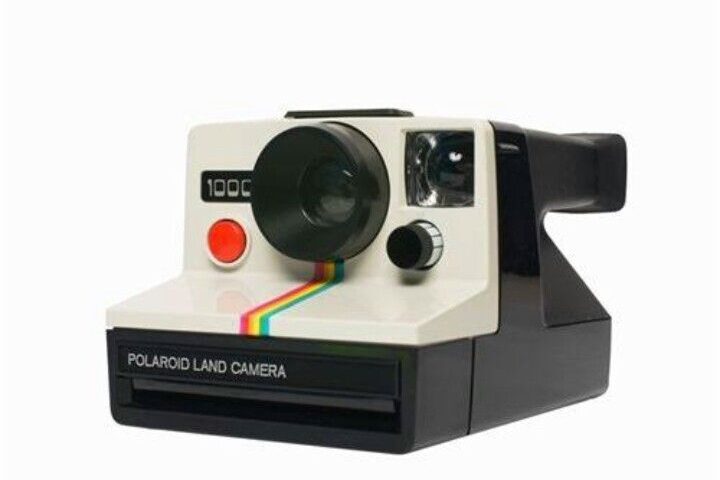
Parties, family gatherings, and even quiet afternoons once came alive with Polaroid cameras. They offered instant memories in a way nothing else could. Snap a photo, wait for it to develop, and soon the image appeared before your eyes. These cameras brought people closer, passing around prints filled with laughter and surprise. They were more than gadgets; they were conversation starters. Digital cameras and smartphones made the process faster and cheaper, but the excitement of holding a fresh Polaroid was unmatched. Even today, many remember shaking those photos and watching faces appear like magic. It was memory made tangible.
6. Compact Discs
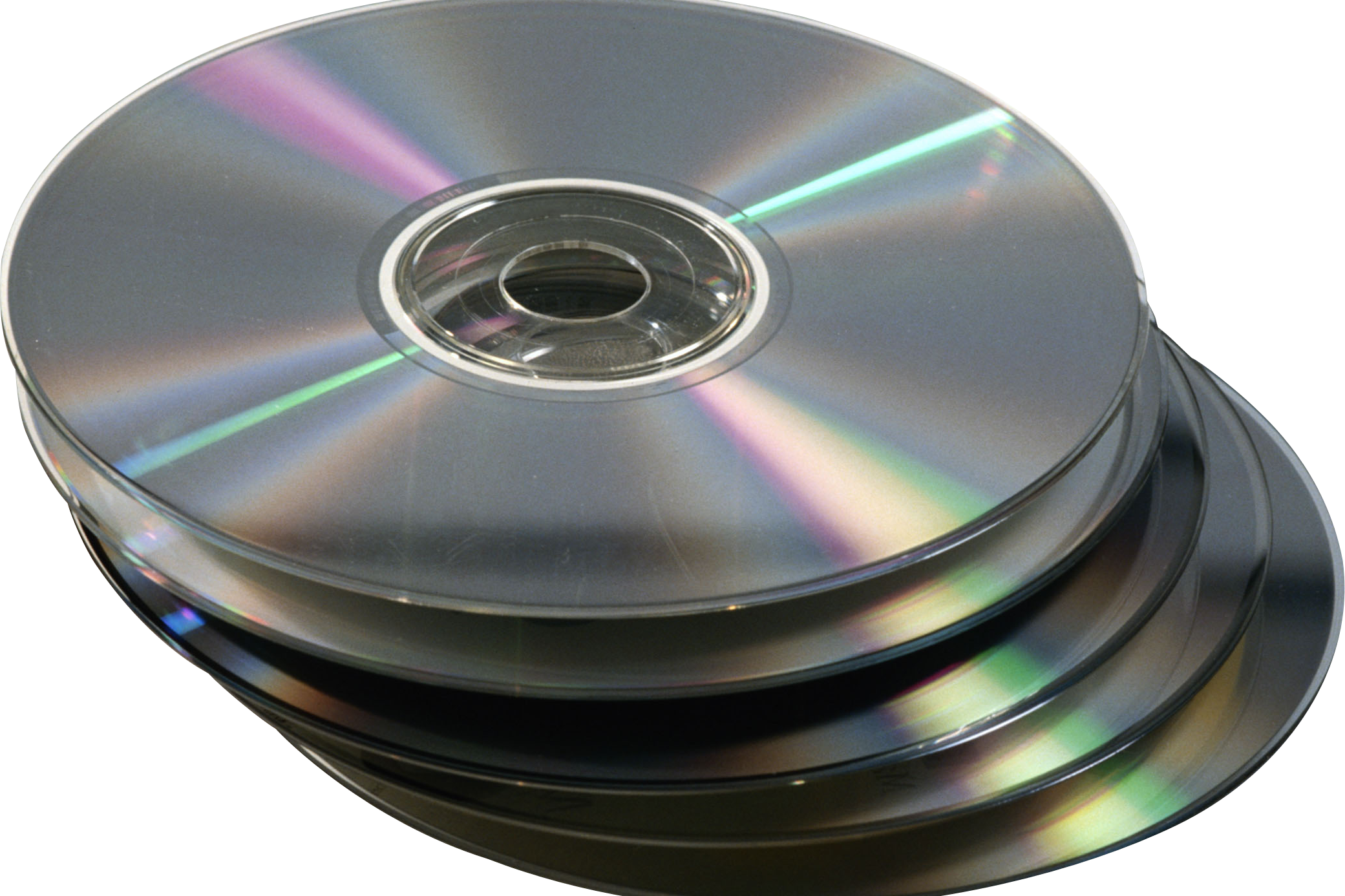
Owning a shelf filled with compact discs once meant you had music to show off. Albums, mix CDs, and burned collections were treasures shared among friends. Sliding one into a player and hearing that first track start was an experience of its own. Every skip, every scratch told a story. Collecting CDs gave music a weight, a presence, that streaming could never capture. As digital downloads and apps took over, discs lost their shine. Today, they sit tucked away in boxes or thrift stores, yet the ritual of choosing one album to play reminds us how personal music once felt.
7. Discmans
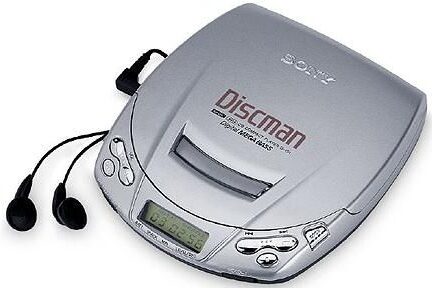
When the Walkman passed the torch, the Discman carried music lovers into the age of CDs. It made commutes brighter, bus rides shorter, and workouts more lively. Carrying one meant also carrying a small wallet of favorite albums, flipping through choices like chapters in your life. Skipping tracks was sometimes frustrating, but it didn’t matter. The Discman made portable sound sharper and clearer than tapes ever could. Eventually, digital players replaced it, packing thousands of songs into one device. But for those who grew up swapping discs with friends, the Discman feels unforgettable, a pocket-sized jukebox of life’s best moments.
8. Car Phones
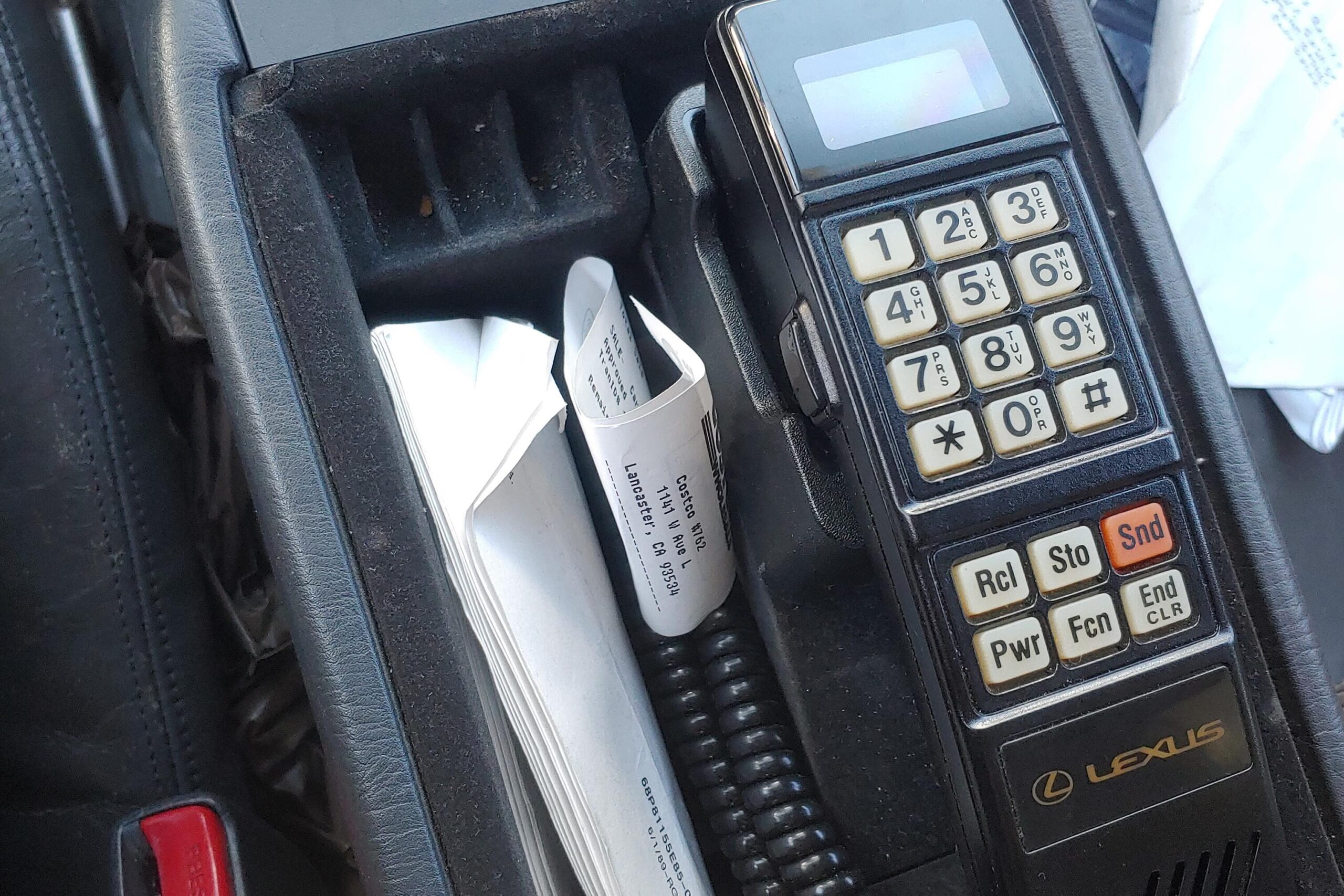
Long before sleek smartphones, car phones gave drivers a taste of futuristic convenience. They were bulky, heavy, and often wired into dashboards, but they felt extraordinary. Having one meant you were important, someone who needed to stay connected while on the move. Calls made from the driver’s seat carried a sense of power, even if reception was shaky. Eventually, smaller mobile phones rendered them unnecessary, and car phones quietly disappeared. Yet, they remain symbols of status and novelty, representing a time when staying connected from your vehicle felt revolutionary. They remind us how quickly luxury becomes everyday expectation.
9. Dot Matrix Printers
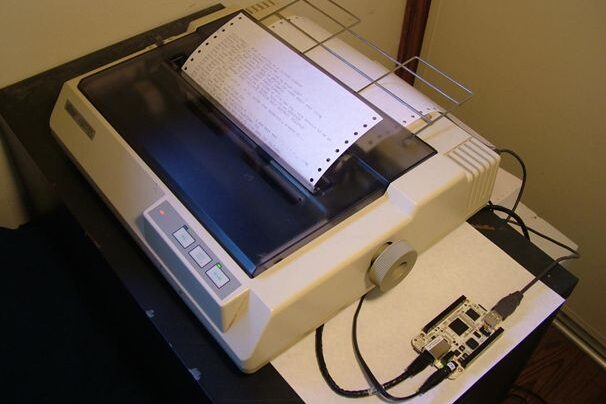
The grinding, clattering sound of dot matrix printers was once the background music of schools and offices. Their pages came with perforated sides, torn away with satisfaction once printing was complete. Reports, assignments, and invoices rolled out slowly, sometimes smudged but always reliable. They weren’t pretty, but they got the job done when few alternatives existed. Over time, sleeker inkjets and laser printers replaced them, offering sharper and quieter results. Yet, for many, the memory of tearing off those paper edges remains oddly satisfying. Dot matrix printers showed us progress, even if it arrived with a lot of noise.
10. Sega Genesis
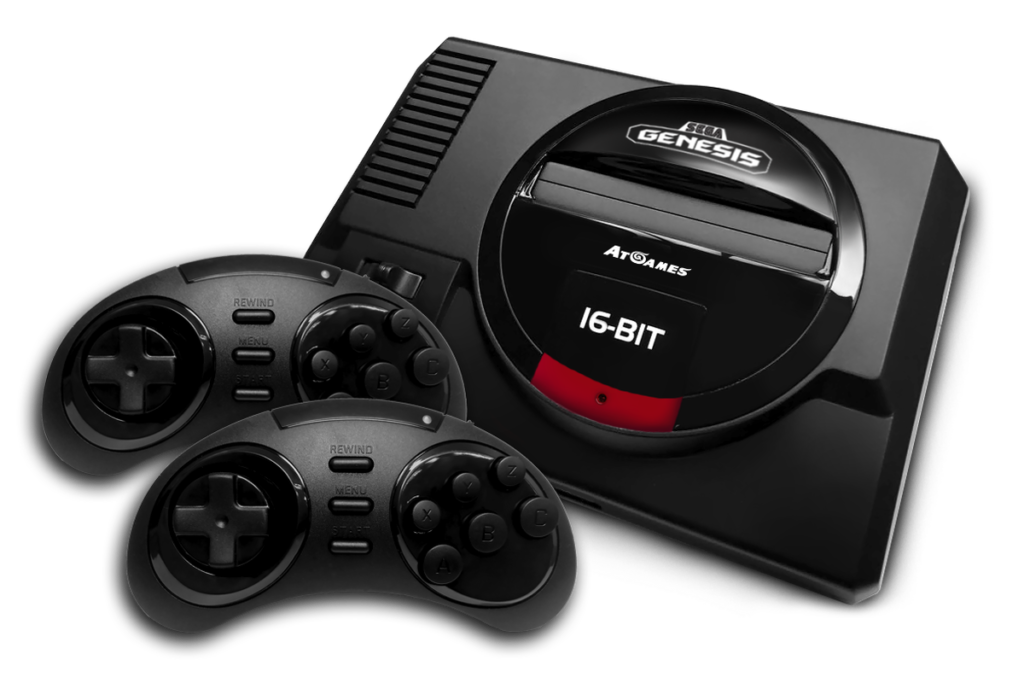
For kids of the late 80s and early 90s, the Sega Genesis was more than a console, it was a gateway into endless adventures. Sonic the Hedgehog raced across screens while friends battled it out in fighting games that sparked laughter and rivalry. Families spent weekends huddled together, controllers in hand, discovering new worlds one cartridge at a time. Eventually, newer consoles like PlayStation and Xbox pushed Sega aside. But the Genesis is still fondly remembered as the machine that made gaming feel bold and fast. Its legacy lives on in memories of hours lost in pixelated fun and joy.
11. Betamax
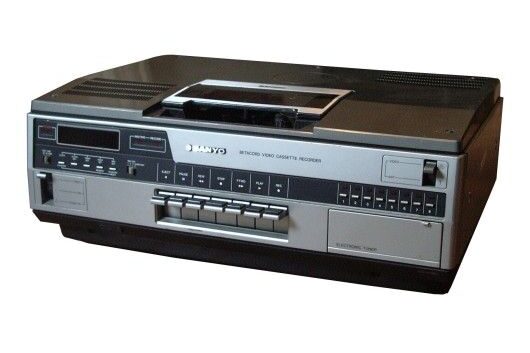
In one of technology’s earliest format wars, Betamax stood tall but fell short. Introduced by Sony, it offered sharper quality than VHS and carried a promise of setting the standard for home recording. But VHS tapes were cheaper and could record longer, making them more appealing to everyday households. Families soon leaned toward convenience over clarity, and Betamax faded into obscurity. Looking back, it remains a symbol of how being better doesn’t always mean winning. Technology isn’t just about quality; it’s about accessibility too. Betamax reminds us that even clever ideas can be lost when timing isn’t on their side.
12. PalmPilots
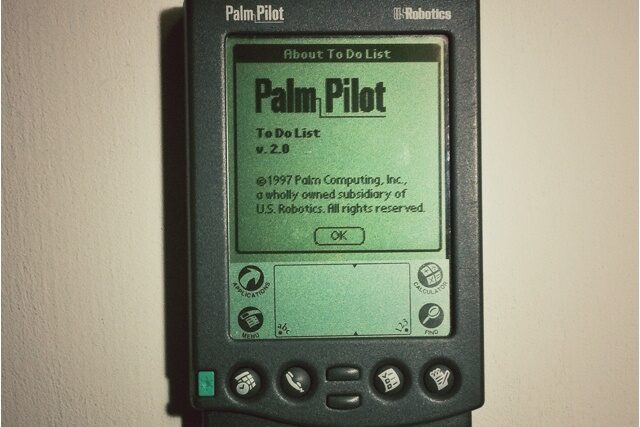
Before smartphones put calendars, contacts, and notes in one sleek device, PalmPilots ruled the world of personal organization. These pocket-sized digital assistants came with a stylus and a simple touchscreen, letting users jot down appointments, manage to-do lists, and even play a few simple games. Owning one felt futuristic, especially for professionals who relied on them for daily schedules. Eventually, smartphones absorbed all those functions and made them obsolete. Still, PalmPilots marked a turning point, showing us how digital convenience could fit in our hands. They were small, practical, and unforgettable in shaping how we manage life today.
13. Laserdisc Players
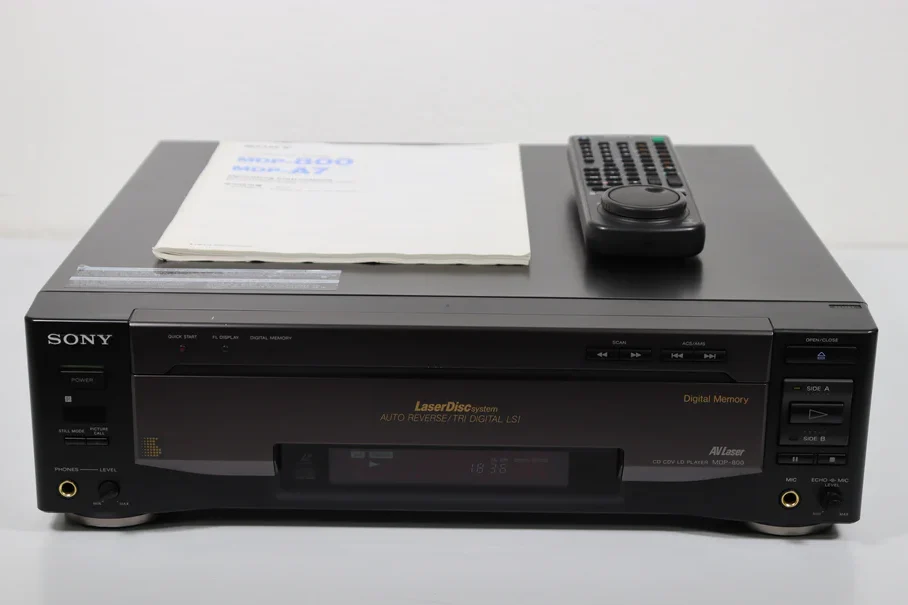
Laserdiscs arrived with bold promises, offering sharper video and sound than VHS ever could. They looked like oversized CDs, and cinephiles embraced them as a taste of the future. For a while, they felt like a luxury, a statement that you valued quality in entertainment. But they were too big, too costly, and not practical for everyday homes. Soon DVDs swept in, slimmer and easier to use, leaving Laserdiscs behind. Today, they are relics for collectors. Yet, they represent that exciting moment when technology took its first step from analog to digital, even if the leap wasn’t sustainable.
14. The Original Nintendo Game Boy
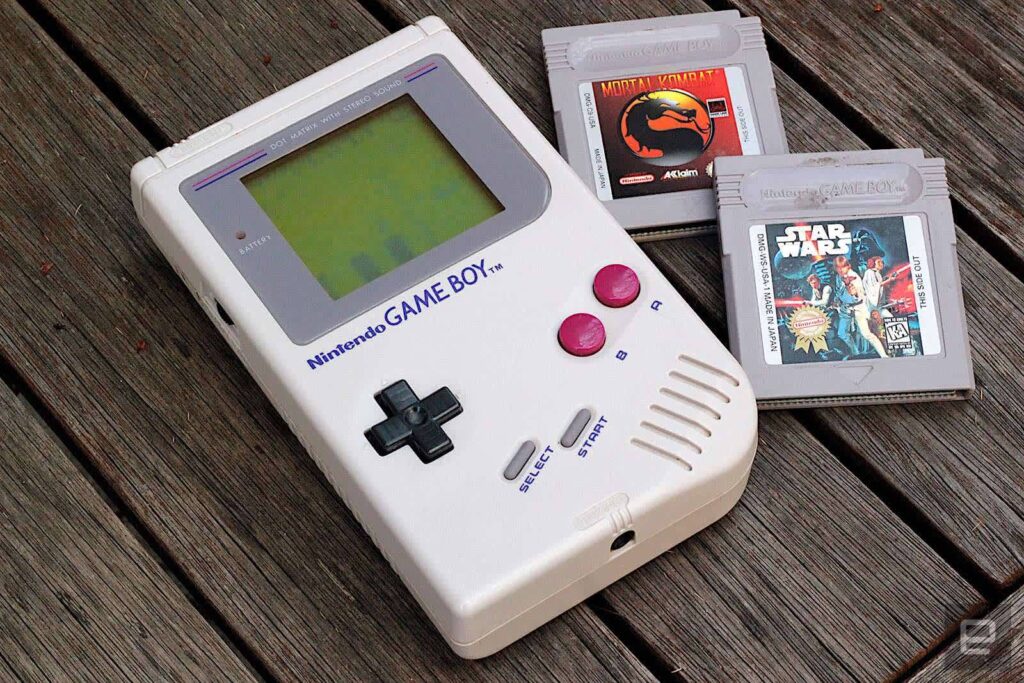
The arrival of the Game Boy in 1989 made gaming truly portable. Suddenly, adventures didn’t end when you left the house. From battling Pokémon to puzzling through Tetris, it kept kids glued to small screens anywhere they went. Its chunky design and green-tinted display might look simple now, but at the time, it felt groundbreaking. Cartridges swapped among friends made it a social experience, not just a solo pastime. Portable consoles have evolved since, but the Game Boy set the foundation. It proved that imagination could fit into a pocket, sparking memories that still carry weight for generations.
15. Sega Dreamcast
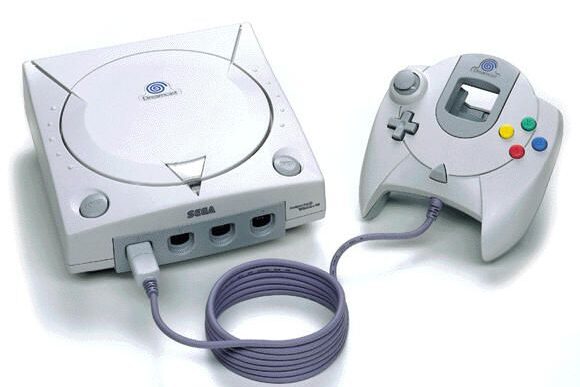
The Sega Dreamcast promised the future before anyone else. Released in 1999, it came with internet connectivity, sleek graphics, and games that felt ahead of their time. Fans still recall Crazy Taxi and Shenmue, titles that pushed storytelling in new directions. For a brief moment, it felt like gaming had leaped forward. But when PlayStation 2 arrived with more support and wider appeal, Dreamcast faded quickly. It was Sega’s last console, remembered as both bold and bittersweet. Like many gadgets we loved, it shows how progress always moves on. Yet the memories remain, reminding us of simpler times.
These gadgets were once the future, each one changing the way we lived, worked, and played. Yet, as technology advanced, they gave way to smarter, sleeker versions of their former selves. Still, it’s hard not to feel a little nostalgic for the days when these items were a part of our everyday lives.
This story 15 Forgotten Gadgets and Gizmos We Once Couldn’t Live Without was first published on Daily FETCH


